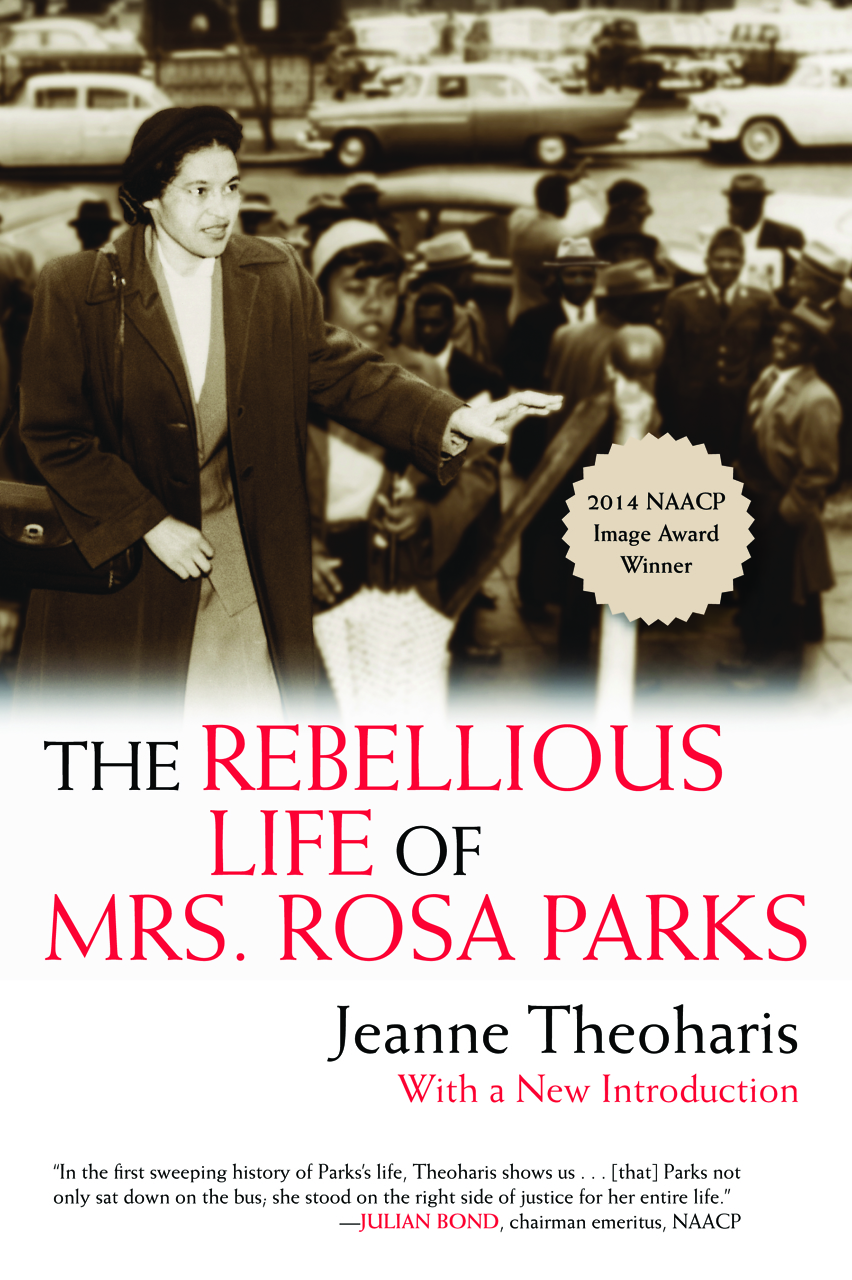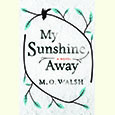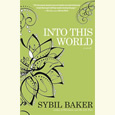The Mirror and the Magnifying Glass
Joel Agee’s debut novel delves into a young boy’s mind in a time of crisis
The bildungsroman, or novel of education, should be the most open of genres, its lessons variable to time and circumstance. In practice, however, novels and films about children follow predictable paths and teach only platitudes. Follow your heart. Be true to yourself. Do the right thing. Leave it to Joel Agee — the son of James Agee, whose novel A Death in the Family gave the family drama a modernist twist — to breathe new life into this old conceit. The central question of The Stone World, Joel Agee’s debut novel, is elegant and simple: What really goes on in a 6-year-old’s mind?
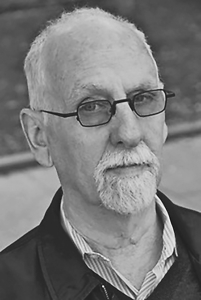 The hero of The Stone World is Peter Vogelsang, whose experiences in 1940s Mexico are based on Agee’s own early childhood in a community of émigré artists and intellectuals. Peter, known as Pira, lives with his American mother, Martha, a violinist, and his German stepfather, Bruno, an exiled writer. The war now over, Bruno wants to take his family to Germany, but money is tight and the safety of the homeland uncertain. These concerns burble in the background, while most of the novel details Pira’s attempts to make sense of his surroundings.
The hero of The Stone World is Peter Vogelsang, whose experiences in 1940s Mexico are based on Agee’s own early childhood in a community of émigré artists and intellectuals. Peter, known as Pira, lives with his American mother, Martha, a violinist, and his German stepfather, Bruno, an exiled writer. The war now over, Bruno wants to take his family to Germany, but money is tight and the safety of the homeland uncertain. These concerns burble in the background, while most of the novel details Pira’s attempts to make sense of his surroundings.
“The boy liked to lie with his ear pressed against the cool shaded stone of the patio,” the novel begins. Pira is content to spread out “in the grass reading books or just dreaming, listening to the women’s talk and to the sound of the stream. Those two sounds flowed together so that sometimes it seemed that the water was talking and laughing and the women were part of the gurgling and sloshing of the stream.”
Agee’s novel resembles James Joyce’s A Portrait of the Artist as a Young Man in its depiction of the way a young consciousness processes experience. “By thinking of things you could understand them,” Joyce’s Stephen Dedalus decides. Pira does just that, pondering the ramifications of his situation, such as living away from his biological father. “It was nice having two fathers,” Pira thinks. “Most children only had one. Arón didn’t have a father at all. Chris had no mother. Which was worse? If you had a mother like Arón’s, it was better not to have a mother.”
Pira’s two closest friends give him the opportunity to witness family dynamics wildly different from his own. Arón lives “nearby in a dark apartment full of crucifixes” with an abusive mother who whips him for nonexistent offenses. When Martha pleads with her, “Please don’t beat him. We all love him,” Arón’s mother dismisses her concern. “I will beat him as much as he deserves,” she says.
Pira’s other friend, Chris, comes from wealth but faces his own brand of parental neglect. Chris’ obnoxious father approaches Martha at a pool to ask her “a sincere, honest question” — namely, “What’s a pretty, sweet, talented, smart American girl like you doing with a goddamn … German?” He then refers to the Vogelsang’s housekeeper, Zita, with a racial epithet. Pira begins to connect this domineering crudeness with Chris’ tendency tyrannize him and Arón.
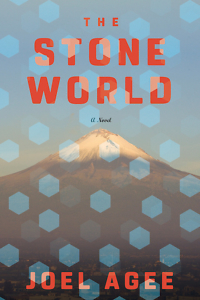 Living in a trilingual household, Pira develops a precocious linguistic sophistication. When Zita’s “novio” Federico describes himself as “feliz,” Pira notes Zita’s reaction, seeing that “the meaning of the word shone in her smile.” He scores an early literary triumph by writing a poem in Spanish (“Cuanda canta la verde rana…”) that impresses Bruno and Martha and moves his distant father to write a laudatory letter.
Living in a trilingual household, Pira develops a precocious linguistic sophistication. When Zita’s “novio” Federico describes himself as “feliz,” Pira notes Zita’s reaction, seeing that “the meaning of the word shone in her smile.” He scores an early literary triumph by writing a poem in Spanish (“Cuanda canta la verde rana…”) that impresses Bruno and Martha and moves his distant father to write a laudatory letter.
His artistic home environment cultivates in Pira an aesthetic sense and the high standards that come with it. He asks his mother why she practices the violin every day. She tells him simply, “I can still play better.” Pira knows that when his father is in his study, he is not to be disturbed. Writing, Pira concludes, demands concentration. Pira applies their dedication to his own art. “It was too hard, making this poem,” he thinks. “Why did it have to be perfect?”
Agee avoids the pitfall of turning his young hero into an ideal; Pira remains a thoroughly believable child, with age-appropriate delusion, mendacity, and cruelty. One night in his room he sees “a skull shining in the darkness.” On the verge of panic, he looks again and realizes it’s the moon reflected in his mirror. With Chris and Arón, he tortures ants with a magnifying glass. “When several ants caught fire at the same time you could hear a fine crackling sound,” Pira thinks, though his subsequent guilt is equally palpable.
The Stone World is a spiritual prequel to Agee’s 1981 memoir, Twelve Years, which begins when 8-year-old Agee moved with the family to East Germany and charts his political and literary awakening. The Stone World is more open-ended, an intimate glimpse into the workings of a young mind when life seems to be made of questions.
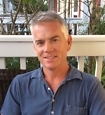
Sean Kinch grew up in Austin and attended Stanford. He earned a Ph.D. from the University of Texas. He now teaches English at Montgomery Bell Academy in Nashville.
